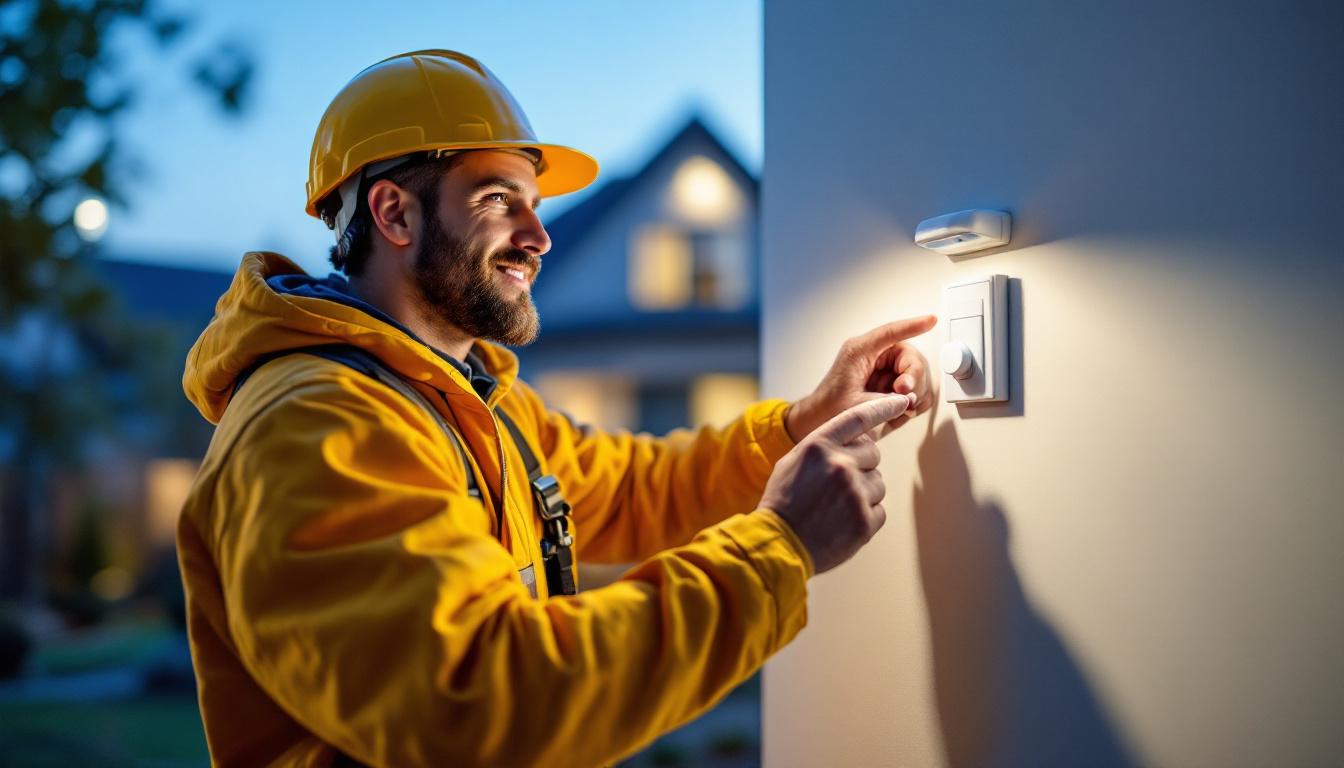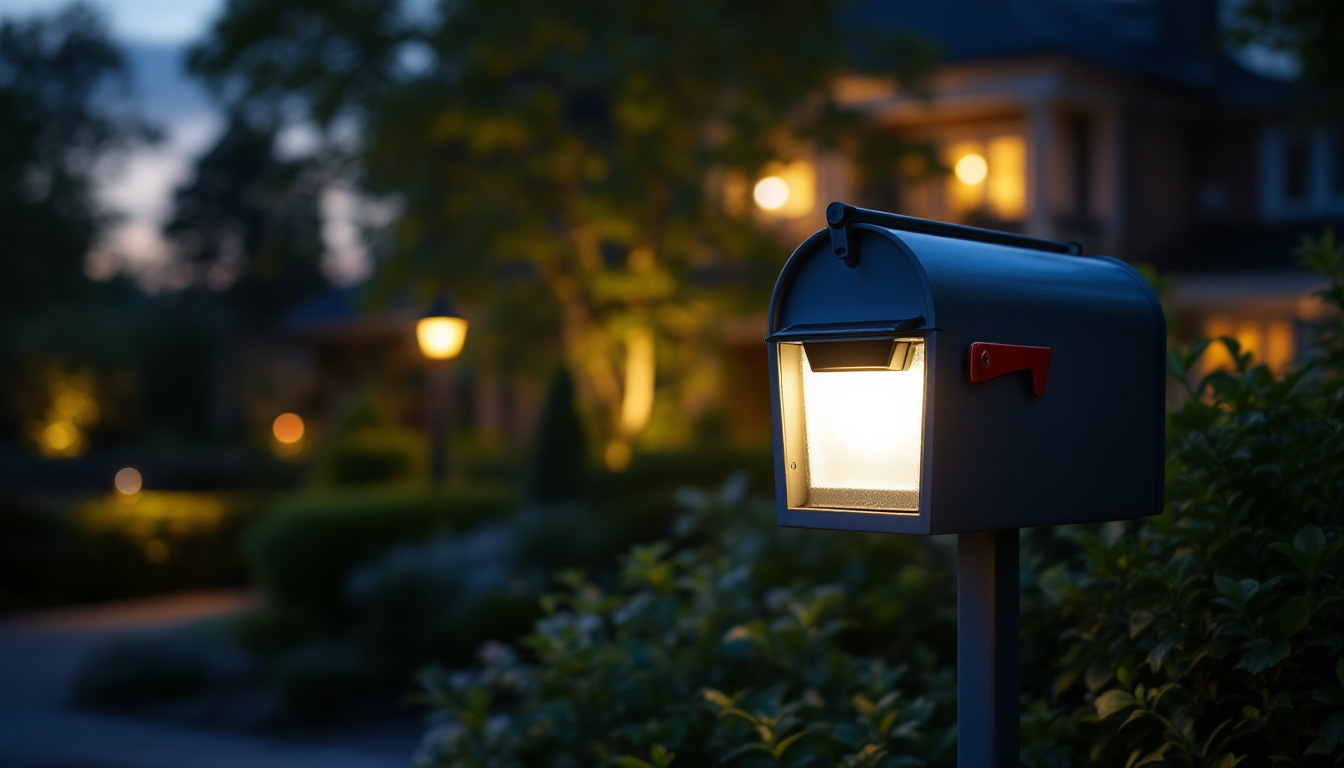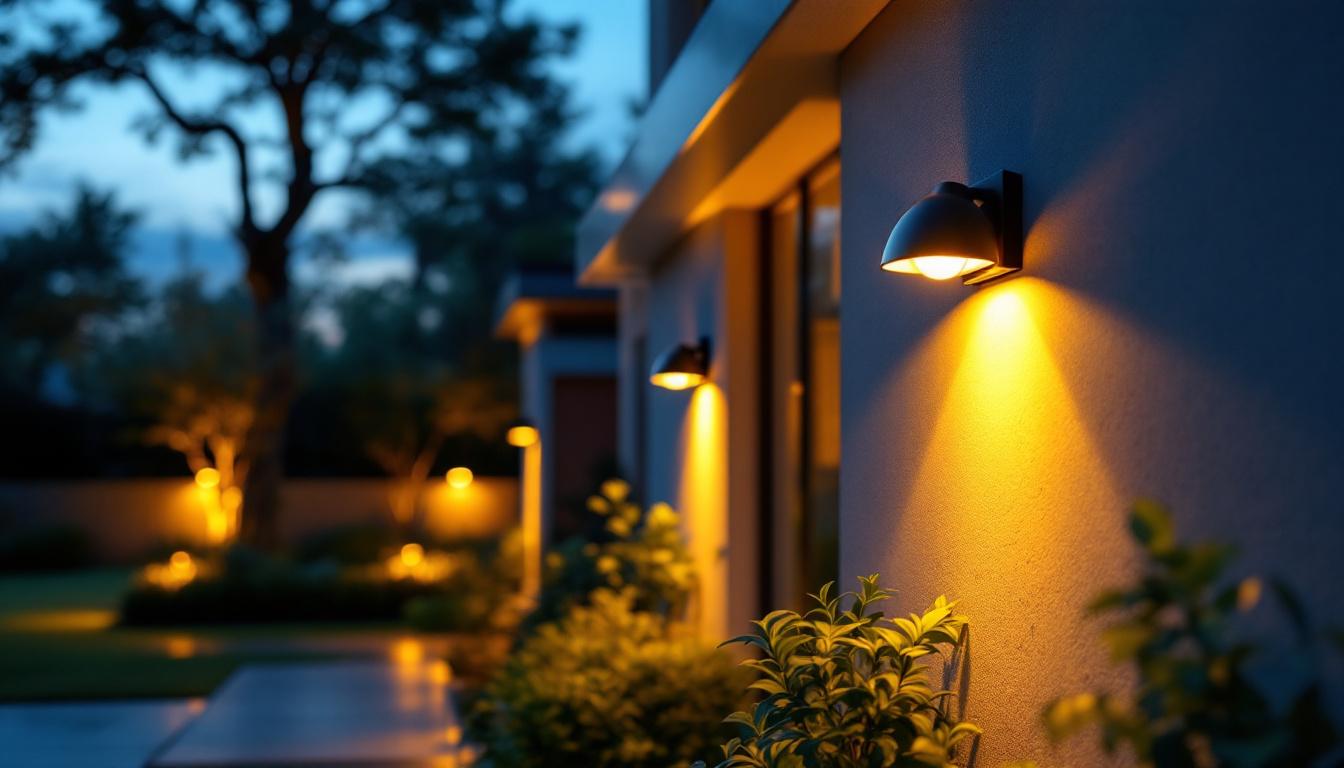
In today’s fast-paced world, energy efficiency and convenience are paramount. For lighting contractors, the integration of motion detector switches with timers into projects not only enhances the functionality of lighting systems but also promotes sustainability. This guide aims to provide lighting professionals with essential insights into motion detector switches with timers, their benefits, installation tips, and best practices.
Motion detector switches are devices that automatically turn lights on or off based on the presence of motion within a designated area. These switches are equipped with sensors that detect movement, making them ideal for various applications, from residential to commercial settings. With advancements in technology, these devices have become more sophisticated, offering features such as adjustable sensitivity and timer settings, allowing users to customize their operation to fit specific needs.
There are several types of motion sensors utilized in lighting applications. The most common ones include:
The advantages of incorporating motion detector switches into lighting systems are numerous:
Moreover, the integration of motion detector switches can lead to improved user experience in smart home systems. Many modern motion sensors can be connected to home automation networks, allowing users to control lighting remotely via smartphones or voice commands. This level of integration not only enhances convenience but also allows for personalized lighting scenarios, such as setting specific moods for different occasions or times of day.
In commercial settings, motion detector switches can contribute to overall operational efficiency. For instance, in office buildings, these switches can help manage lighting in meeting rooms and common areas, ensuring that lights are only active when spaces are occupied. This not only conserves energy but also extends the lifespan of lighting fixtures, reducing maintenance costs over time. Additionally, the implementation of such technology can be a selling point for businesses aiming to promote sustainability and energy conservation practices to clients and employees alike.
Adding a timer to a motion detector switch enhances its functionality, allowing for customizable lighting durations. This feature is particularly beneficial for applications where lighting is needed for a specific period after motion is detected.
Timers can be set to determine how long the lights remain on after motion is detected. For instance, a contractor can set a timer for 5, 10, or even 30 minutes, depending on the specific needs of the space. This flexibility allows for tailored solutions that cater to the preferences of the end-user.
The combination of motion detectors and timers is suitable for a variety of settings:
For lighting contractors, installing motion detector switches with timers requires careful planning and consideration of various factors to ensure optimal performance.
Placement is critical for effective motion detection. The following guidelines can help in selecting the ideal location:
Proper wiring is essential for ensuring the functionality of motion detector switches with timers. Here are some key points to consider:
Once installed, programming the motion detector switch with a timer is crucial for achieving the desired performance. Each model may have slightly different programming steps, but the general process typically involves the following:
Most motion detector switches with timers allow users to set the duration for which the lights will remain on after motion is detected. This is usually done by:
Another important aspect of programming is adjusting the sensitivity of the motion sensor. This can help minimize false triggers from pets or passing vehicles. Steps typically include:
Regular maintenance and troubleshooting are vital for ensuring the longevity and reliability of motion detector switches with timers. Here are some essential practices:
Conducting routine inspections can help identify potential issues before they become significant problems. Key areas to focus on include:
Even with regular maintenance, issues may arise. Here are some common problems and their solutions:
As a lighting contractor, adhering to best practices can enhance the quality of installations and ensure customer satisfaction. Here are some recommendations:
Providing clients with information about the benefits and features of motion detector switches with timers is essential. This can include:
The field of lighting technology is continually evolving. Staying informed about the latest advancements in motion detection and timer technology can provide a competitive edge. Consider the following:
Motion detector switches with timers represent a significant advancement in lighting technology, offering energy efficiency, convenience, and enhanced security. For lighting contractors, understanding the intricacies of these devices is crucial for successful installations and satisfied clients. By following the guidelines outlined in this guide, contractors can effectively integrate motion detection technology into their projects, providing lasting benefits for homeowners and businesses alike.
As the demand for smart and energy-efficient solutions continues to grow, embracing motion detector switches with timers will not only enhance the services offered but also contribute to a more sustainable future.
Ready to elevate your lighting projects with the latest motion detector switches with timers? Look no further than LumenWholesale for all your lighting needs. We provide contractors with high-quality, spec-grade lighting products at the most competitive wholesale prices. Our extensive selection is designed to meet the highest industry standards, ensuring you get reliable and high-performance lighting solutions for every installation. Plus, with free shipping on bulk orders, you can stock up on the best lighting products without worrying about hidden fees or compromises. Don’t miss out on the perfect combination of quality, affordability, and convenience. Visit LumenWholesale now for Wholesale Lighting at the Best Value and make your next project shine!

Discover how using the right pulling wire tools can significantly boost the efficiency of your lighting projects.

Discover how solar lights for mailboxes can transform your outdoor lighting projects with eco-friendly efficiency and style.

Discover essential tips for lighting contractors to enhance garage spaces effectively.

Discover why solar wall-mounted outdoor lights are becoming a must-have for lighting contractors.